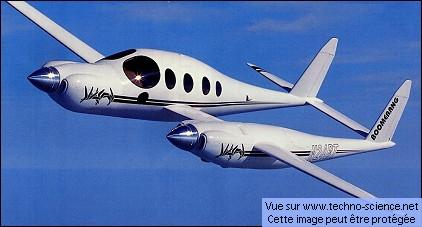They all look the same!
Another future airliner is in development....
http://www.aviationweek.com/aw/generic/ ... 090809.xml
Here's the deal, I know the design is proven and works, but can't we have some company vary it up a little bit with the looks.
Airliners these days all look the same (to me), with the only sort of variety coming from DC-9/MD-80s with their rear mounted engines, and the increasingly rare DC-10 or MD-11 sighting.
Tube, two under-wing engines, same body width/length.....ugh....

http://www.aviationweek.com/aw/generic/ ... 090809.xml
Here's the deal, I know the design is proven and works, but can't we have some company vary it up a little bit with the looks.
Airliners these days all look the same (to me), with the only sort of variety coming from DC-9/MD-80s with their rear mounted engines, and the increasingly rare DC-10 or MD-11 sighting.
Tube, two under-wing engines, same body width/length.....ugh....




